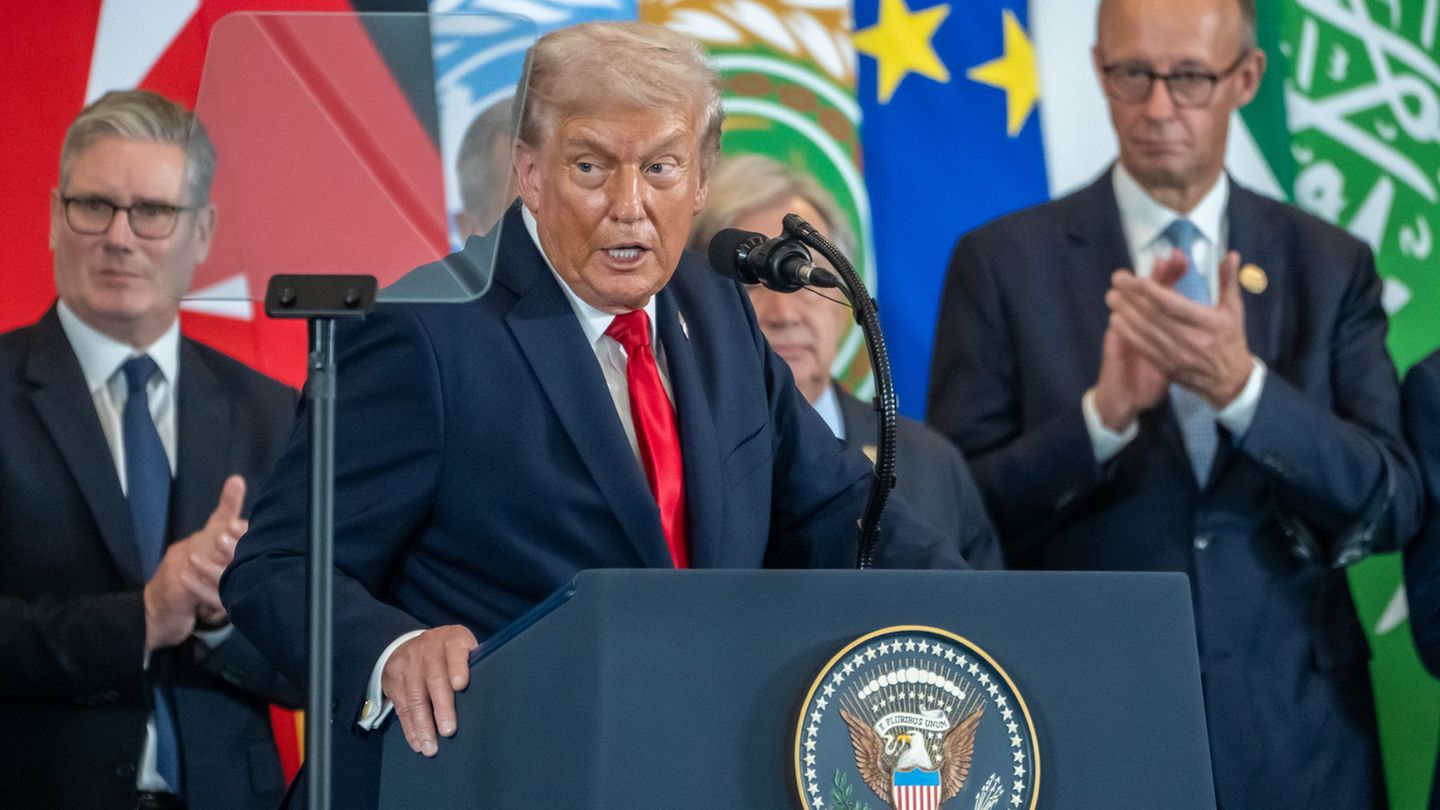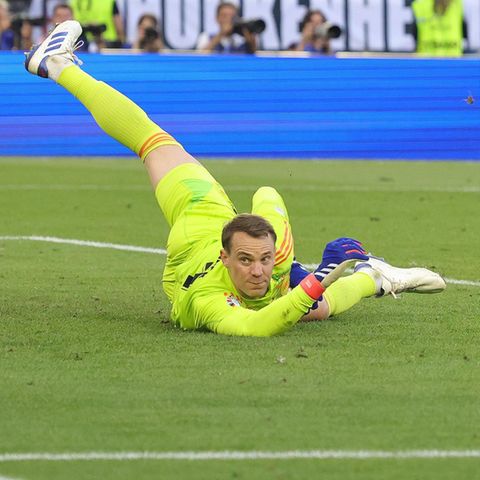Analysts did not expect the US Federal Reserve to cut interest rates before September. And indeed, the Fed is once again keeping its hands off the interest rate screw. It is keeping quiet about what it will do next.
As expected, the US Federal Reserve is keeping the key interest rate at its highest level in more than 20 years. It remains in the range of 5.25 to 5.5 percent, as the central bank council in Washington announced. At the same time, the Fed signaled that a rate cut is becoming more likely.
The central bank of the world’s largest economy has raised its key interest rate by more than five percentage points at a record pace since March 2022 in the fight against inflation. However, it did not raise interest rates again in several decisions in a row. Commercial banks can borrow central bank money at the Fed’s interest rate.
Reading between the lines
Many analysts believe that a rate cut is possible at the next Fed decision in September. As usual, the central bank remained tight-lipped on the matter. However, the subtleties of its wording on the current situation allowed the interpretation that a rate cut is getting closer.
It now stressed that it is keeping an eye on the risks associated with both inflation and the economic slowdown. Previously, the Central Bank Council had primarily referred to the dangers of inflation.
The Fed also pointed to progress towards the inflation target of two percent. At the same time, however, it also restricted the possibility of a rate cut until it was certain that it was moving towards the target. In this way, the Federal Reserve is ultimately keeping all options open for September.
Economic data becomes more favorable for interest rate cut
In the US, price increases have recently weakened. This gives the Federal Reserve more room to maneuver when it comes to cutting interest rates. At the same time, there are signs that the economy is cooling down in some areas – and could use lower interest rates to stimulate it again. There have been some alarm signals in recent months, including in consumer spending – the engine of the US economy.
Source: Stern




